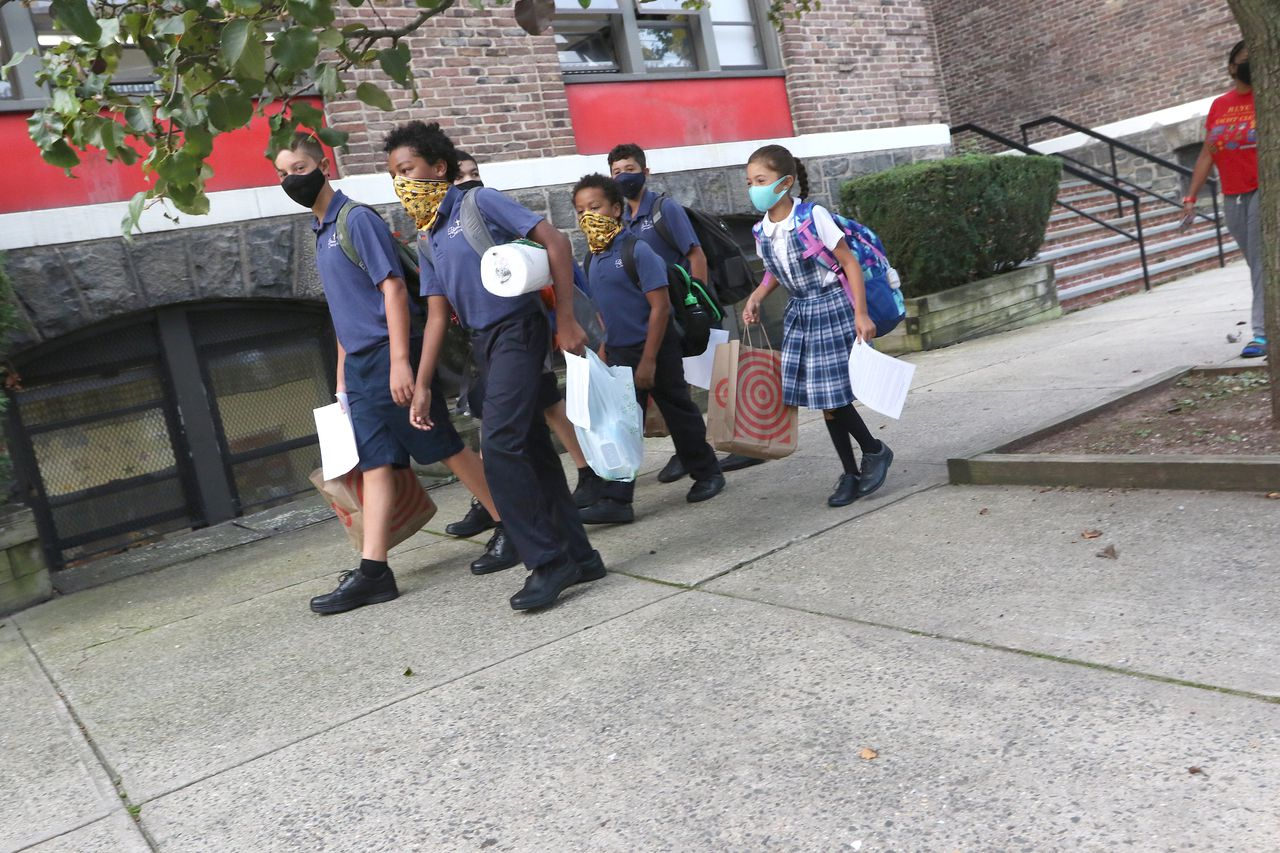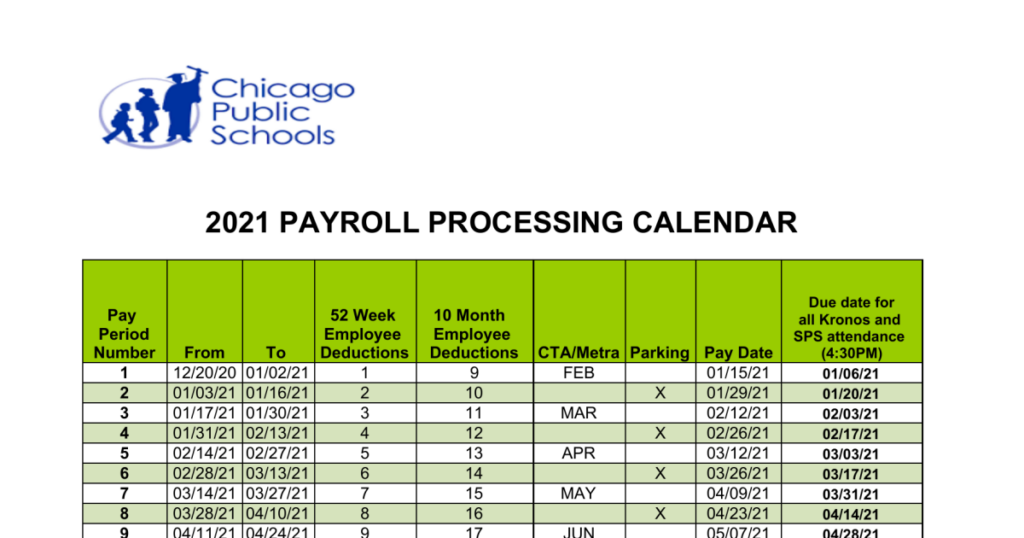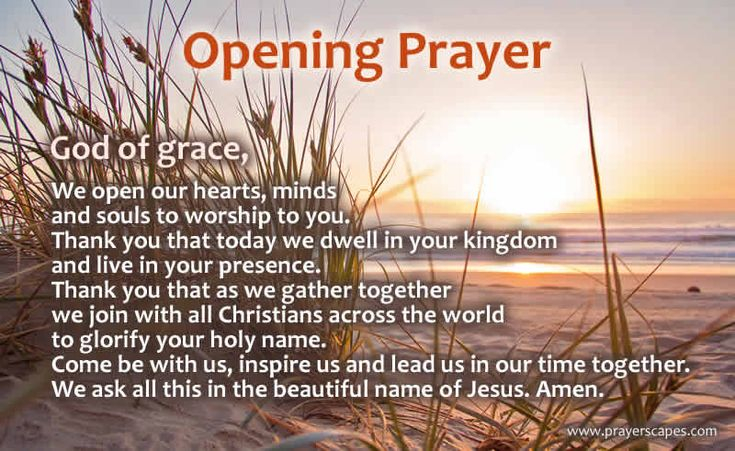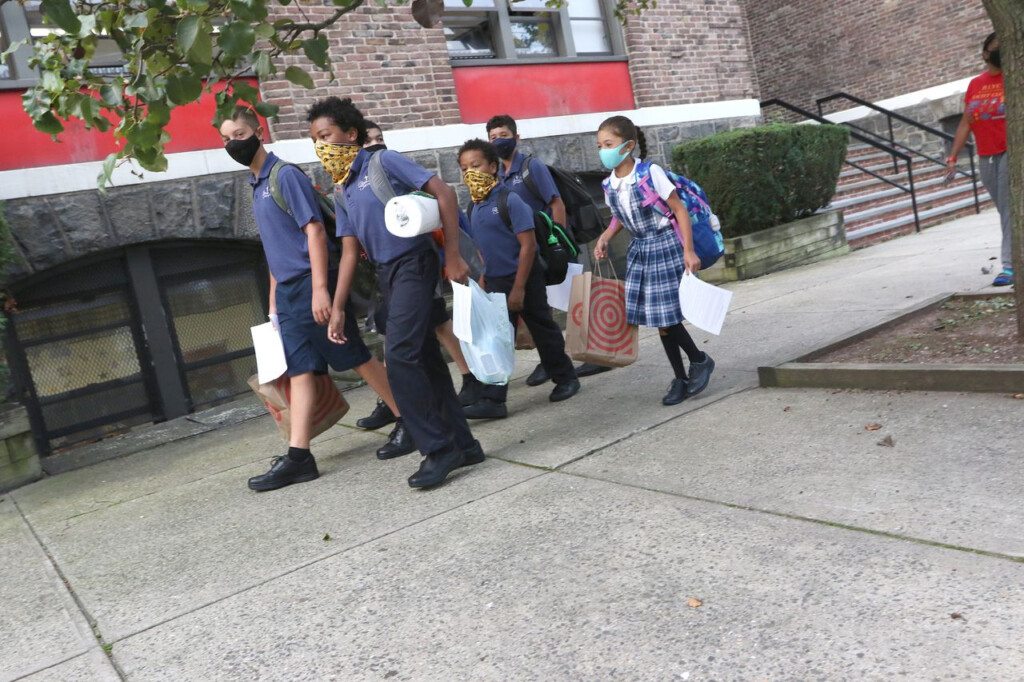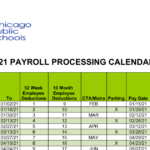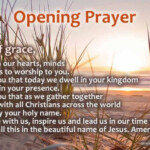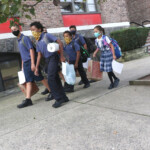Prayer For New Calendar Year Schools – The calendar of the school year is also known as the academic calendar, is a set of dates that specifies the beginning and close dates of the academic year, as well as important dates, such as breaks, holidays, as well as day-long professional training. It’s a vital tool for schools to prepare and plan their academic calendar, and also assists teachers, students and parents plan for the upcoming events and deadlines.
How to Create a School Year Calendar
- Determine the dates of the start and the finish The first step to making a calendar for the school year is to establish the start and end dates of each academic calendar. It will be determined by your school district and state regulations.
- Identify important dates: Once you’ve identified your date of the start and the end then identify important dates such as breaks, holidays or in-service days. These dates are listed in the calendar for the previous year or on the district’s website.
- Calendar breaks and holidays Take breaks or holidays such as winter break, spring break, summer vacation. Make sure you include any additional days off, for example, federal holidays or religious holidays.
- Add professional development and in-service days: In-service and professional training days are necessary for teacher preparation and planning for the school calendar. Make sure you add these days on the calendar.
- Plan for unexpected events Important to be flexible and change the calendar according to unexpected situations, such as severe weather school closures, unexpected incidents.
Types of School Year Calendars
- Traditional Calendar Traditional Calendar: This is the most widely used school year calendar found in the United States, where the academic year is usually between September and August, or May or June, and includes breaks for summer holidays and for holidays.
- Year-Round Calendar: This kind of calendar is designed to spread the school year across 12 months. There are longer breaks through the day instead of one long summer break.
- Hybrid calendar: This style of calendar combines aspects of both traditional and year-round calendars. It includes longer breaks throughout the school year as well as a smaller summer break.
Academic Calendar against. School Calendar
- Definition and differences Definition and differences: The academic calendar is it’s schedule for the academic year, while it also contains things that go beyond the academic calendar that include sports, games, dances, and fundraisers.
- Examples of each A calendar for academics could contain start and end dates or holidays, as well exam schedules. A school calendar might include prom, homecoming weeks and parent-teacher-teacher conferences.
Tips for Planning a School Year Calendar
- Collect input from the stakeholders Include staff, teachers as well as parents and students in the planning process to ensure that the schedule meets expectations of the entire school community.
- Pay attention to community events. Be aware of holidays and local events which may impact the school’s attendance or schedule like fairs, celebrations, or religious holidays.
- Examine the calendar for the previous year: Find out what went well as well as what didn’t calendar for the previous year. take that feedback into consideration when designing the new calendar.
- Be flexible: Create flexibility for unexpected events, like weather-related closures for schools or changes in the dates of state testing.
- Plan for contingencies: Have an emergency plan for unexpected emergencies or circumstances that require changes to the calendar.
Conclusion
A well-planned school calendar will ensure that you have a successful academic year. With these suggestions and best practices, schools can create an effective calendar that caters to every need of the school community and allows for flexibility in the event of unplanned events. A carefully designed calendar will help teachers, students, and parents plan for the next year which will ensure a successful full and successful academic year.
